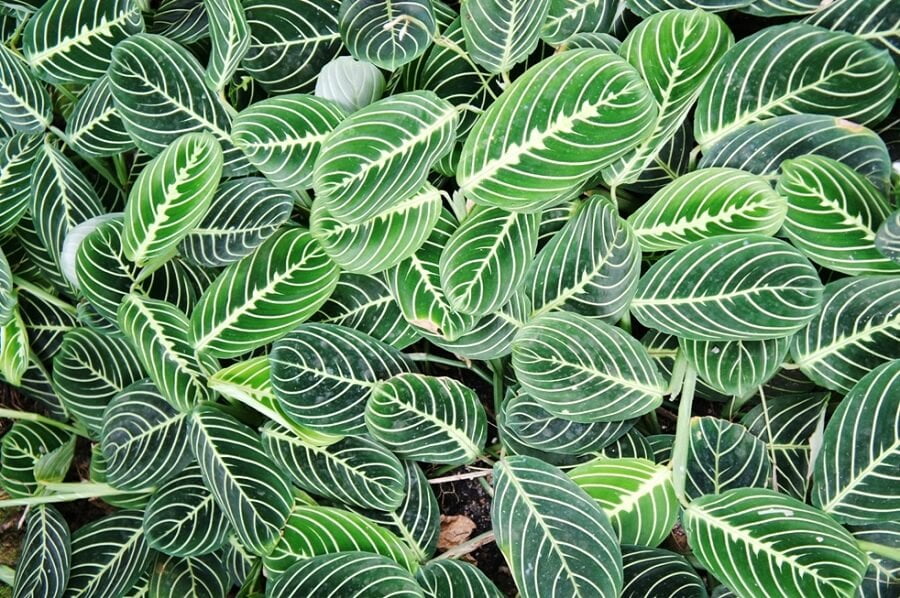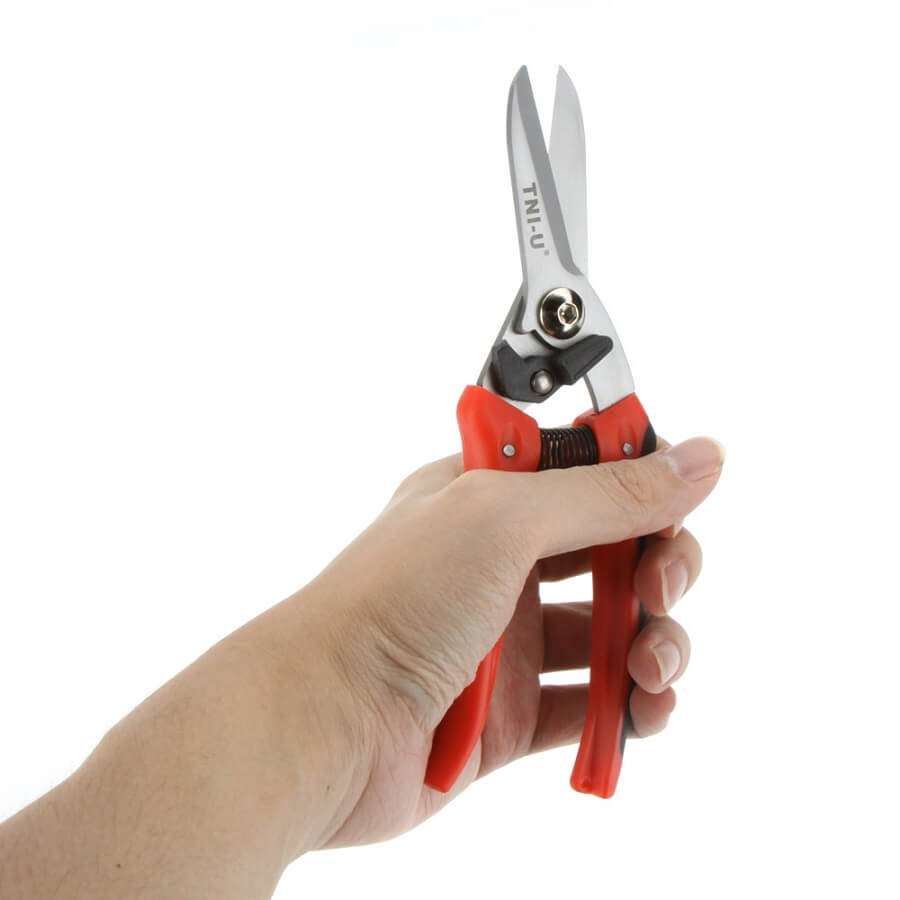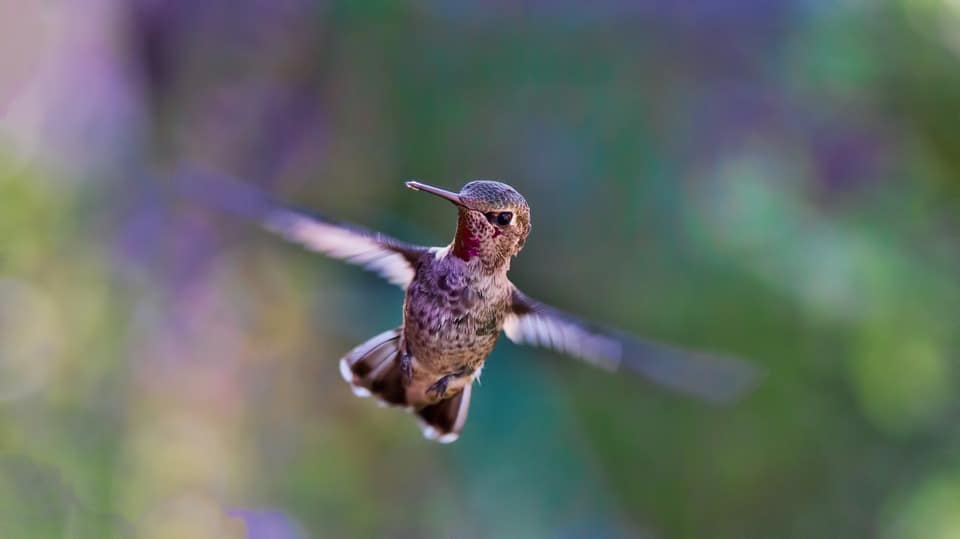The prayer plant, also known under the name of Maranta leuconeura, is a type of perennial that grows superbly as a houseplant. Even though in certain areas, you can also grow it outdoors, most people grow it inside in pots and containers. The reason why it’s called the prayer plant is that when it’s cloudy outside and in the evening, it folds its leaves, taking the shape of a pair of hands in prayer. If you’re interested in growing this colorful plant, the care and planting guide below will be your main resource.
How to Grow and Care for the Prayer Plant
Work on the Environment
The prayer plant is quite specific when it comes to its growing environment. So, if you want to make sure your plant will grow to be healthy and beautiful, you have to pay attention to the environment in which you want to grow it.
The first thing you should know about the prayer plant is that it has shallow roots. This means it requires a container with plenty of drain holes. Moreover, the roots of the plant should be close to the holes. If you plant it in a tall container with a lot of soil underneath, the sogginess of the soil will cause the roots of the plant to rot. In the case of containers, drain holes are extremely important. If you’re planning on growing your prayer plant outside, a well-drained soil is mandatory.
This type of plant can’t stand direct sunlight. In fact, if it comes into direct contact with it, its leaves will bleach. This would be a pity since one of the main attractions of the prayer plant are its colorful leaves. The reason why so many people keep this plant indoors is that placing it behind a window is the best thing you can do for a healthy plant. That way, the sun won’t shine on it directly, ensuring the plant will keep its lovely colors.
Other people prefer to hang it from the ceiling. When doing this, the same rules apply. Keep it away from direct sunlight and it will grow rich stems and plenty of leaves. On the other hand, don’t deprive it of sunlight either. A lack of proper light can cause the plant to grow spindly and longer than normal since it will continuously chase after the light.
The temperature in which you keep your prayer plant is also important. The ideal temperate would be somewhere between 65 and 75 degrees Fahrenheit. The prayer plant is a tropical plant. This means it won’t grow too well in temperatures much lowers than 70 degrees Fahrenheit. Humidity is paramount for the growth of your plant as well. A dry environment will cause the plant to turn brown and shrivel as much as cold temperatures. At the same time, temperatures higher than 75 degrees Fahrenheit are also not recommended. They can cause the plant to grow fewer leaves and spindly stems.
If your home doesn’t have the proper humidity for the growth of a prayer plant, you can always use a humidifier to regulate it. Another thing you can do is fill a container with water and pebbles and place it below your plant. This will increase humidity in the room. As an extra tip, try to keep the plant away from cooling or heating vents, as well as doorways, since those areas are usually exposed to fluctuations in temperature and drafts.
The potting soil in which you place your plants should be your next concern. If you want to make sure the soil is exactly how you want it to be, you can make your own. The ingredients you need are one part loamy soil, two parts peat moss, and one part perlite. If you’re going to buy the potting mix, make sure to choose one that has a pH of 5.5 to 6.0.
Plant It
When it comes to planting, the prayer plant is most commonly propagated by division, which is something we recommend as well. You can buy a potted plant and divide it in half. Place each half in a separate container, making sure the potting soil is new.
These divisions are quite sensitive the first few weeks, which is why you have to make sure they have enough warmth and moisture. These growing conditions will encourage the faster development of new growths. The best time for you to repot a prayer plant and increase your stock is in the spring. Two other ways of planting your own prayer plant are by using rhizome divisions and leaf cuttings, but these are less common or effective.
Care for It
1. Water It
One of the most important steps in taking care of any plant is watering it, and the prayer plant makes no exception. The best way to know for sure when you should water the plant next is to check the soil. If the surface is starting to dry off, it’s time to water it again. You should never allow the soil to dry off completely. If you fail to provide your plant with enough water, its leaves will start to turn yellow and eventually drop.
Ironically, the same thing happens when you overwater the plant. Ideally, you should find the proper balance between too much water and not enough. If you notice the leaves turning yellow, check the soil. If it’s too wet, stop watering it so often. On the other hand, too dry of a soil means you have to water it more.
Interestingly enough, the temperature of the water is important as well. When you water the plant in the morning, use room-temperature water. Why you ask? Well, because cold water might chill the roots of your plant and cause its leaves to drop. Room-temperature water ensures no water will stay on the leaves of your plant for too long. If there’s still water on them when nighttime arrives, they might become spotted. If you notice that happening, remove the damaged leaves immediately.
2. Fertilize It
When it comes to fertilization, from the very beginning of spring through fall, the prayer plant needs fertilizer every two weeks. The best type of fertilizer for this kind of plant is a water-soluble one, especially designed for houseplants. You should dilute it to half of its strength by using half of a teaspoon per gallon of water. The fertilizer should be balanced as well, so look for one with a 10-10-10 or 8-8-8 ratio.
As in the case of the amount of water the prayer plant needs, the amount of fertilizer you use needs to be balanced as well, in order for the plant to grow healthy and lush. If you use too much fertilizer, the roots of the plant will burn and turn the edges of the leaves brown. On the other hand, if you use too little fertilizer, you’re going to slow down the growth of your plant. In extreme cases, the plant might not even grow at all.
3. Trim It
A good trim can help the prayer plant grow even more lush and vigorous. Which is why we recommend trimming yours two or three times a year. In order to do that, you’re going to need hand pruners or scissors. Cut the stems just above the leaves and snip them back a couple of inches. The nodes that are visible below the cut are where new growths will develop. This can help you enrich your prayer plant collection.
4. Protect It from Pests and Diseases
Finally, you should also be aware of the fact that the prayer plant is not immune to diseases and pests. When it comes to pests, your biggest concern should be houseplant pests. Most such pests can potentially affect your plant. However, the most common ones are spider mites. Luckily, if you manage to provide your plant with the proper amount of humidity, spider mites will avoid it, since they don’t enjoy high humidity.
In terms of diseases, the helminthosporium leaf spot is the most common one. Figuring out whether your plant has it or not is easy, since it causes water-soaked spots to appear on the leaves. The bad news is that this disease is quite strong. If left unattended for too long, it can completely damage your prayer plant. The good news is that there’s an easy way to make sure it doesn’t affect it. All you have to do is avoid pouring water on the leaves when you water the soil around the plant and try not to overwater it. If there’s already an outbreak that you need to contain, neem oil is perfect for this.
Summing It All Up
Are you looking for a new houseplant? We hope today’s guide to planting and taking care of the prayer plant has convinced you that this colorful and lush plant is one of the best options at your disposal. As long as you remember the tips we’ve provided you with today, you’ll be able to enjoy a healthy and beautiful plant all year long.











